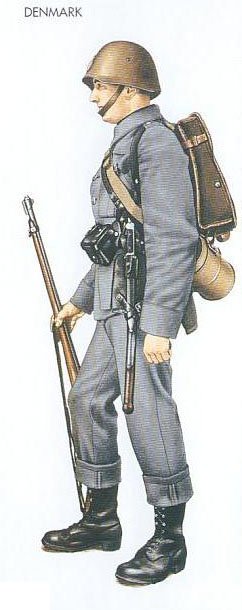Argee
One of the Regulars
- Messages
- 116
- Location
- New Orleans, LA
I'd been wanting a bentwood style coat rack for a while, like the one used by the Forth Doctor on Doctor Who. I didn't realize how close I'd gotten to the Season 16 version until I got home. $9 at an estate sale.















